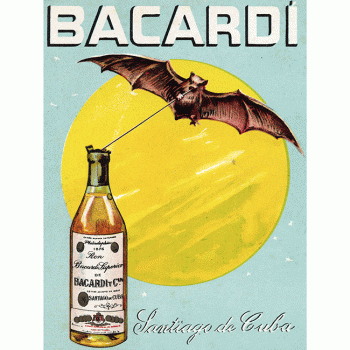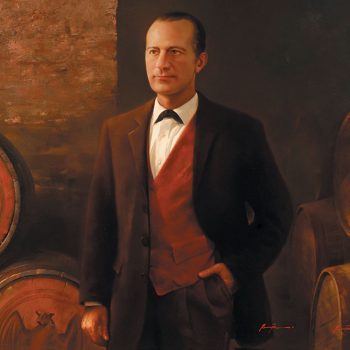Bacardi: undefeated legacy
From humble beginnings in Cuba to becoming one of the world’s spirits leaders, Bacardi has shown unparalleled resilience, dedication and innovation for 163 years.

Where the Caribbean Sea, the Gulf of Mexico, and the Atlantic Ocean meet lies the beautiful island of Cuba. In the mid-19th century, the island was flooded with crude, unrefined rums, which inspired Don Facundo Bacardí Massó to create a refined rum worthy of national pride.
After a decade of experimentation, entrepreneur Don Facundo pioneered four rum-making techniques that revolutionised the industry. He began by developing a proprietary yeast strain to give his rum a distinct flavour, introduced the parallel distillation process to create two unique distillates, aged his rums in oak barrels to mellow their character and enhance complexity, and ultimately finished with charcoal filtration, a first in the rum-making process.
Each of these steps ensured a mixable, smooth rum unlike any other. Don Facundo’s innovative process became the new technical standard, used ever since for making rum in Cuba and then throughout the Caribbean area and beyond.

On February 4, 1862, the first Bacardi distillery opened in Santiago de Cuba. Strategically located near the waterfront, the distillery’s rum soon caught the attention of ship captains and sailors, who helped spread its reputation across Cuba. At a time when most rums were sold without labels, not only did Don Facundo personally sign each bottle as evidence of his approval of each batch, but he also adopted the brand’s iconic bat logo. The bat, which symbolises family unity, health and good fortune, is to this day one of the most recognisable spirits icons.
Fuelled by the rise of cocktail culture and global demand for rum in the 1930s, the company expanded rapidly and became Cuba’s first multinational company when it opened facilities in Spain, Mexico and Puerto Rico for the production of rum using the exact same knowhow and processes invented by Don Facundo.
Today, the ‘Cathedral of Rum’ in Cataño, Puerto Rico, remains the company’s largest production site, and stands as the world’s largest premium rum distillery.
As the winds of change swept through Cuba in the early 1960s, the country stood on the precipice of uncertainty. In October 1960, just shy of the company’s 100th anniversary, Cuban revolutionary government forces illegally confiscated, without compensation, all Bacardi assets in Cuba. Those stolen Cuban properties were a fundamental part of Bacardi’s business. The company survived thanks to its distilleries outside of Cuba, which were the basis for slowly rebuilding its business in exile. The illegal and uncompensated confiscations hit many Cuban industries and families, including the owners of Havana Club rum, whose assets were stolen by the regime.
The Bacardí family was forced into exile, but was not defeated. Even today, Bacardi’s legacy continues, with the mention of its homeland, Santiago de Cuba, on bottles sold throughout the world. The company persevered to grow the business beyond Cuba, and with more than rum, now boasting brands like: Patrón Tequila, Grey Goose vodka, Dewar’s Blended Scotch whisky, and many more.
This February marks the 163rd anniversary of Bacardi, which remains family-owned after seven generations. This milestone honours the legacy of its founder and the story of craftsmanship, dedication and passion from the company’s humble beginnings in Cuba.
Related news
